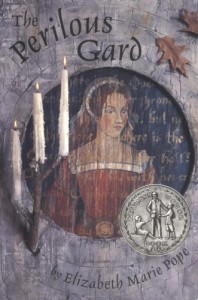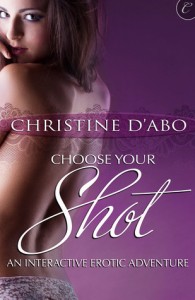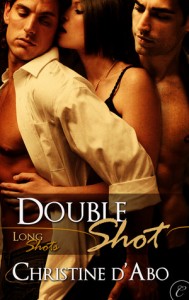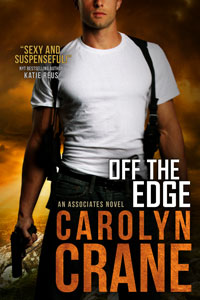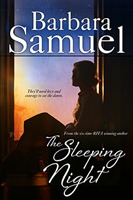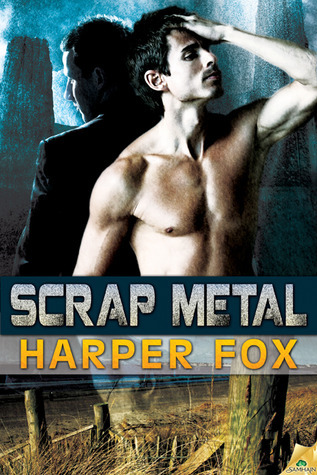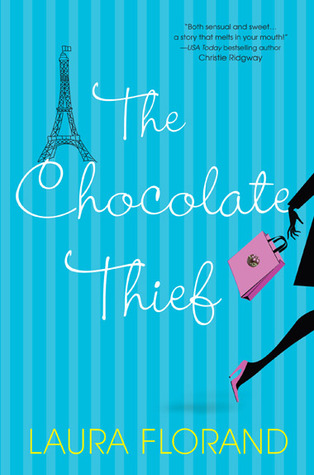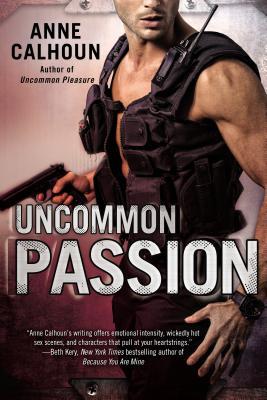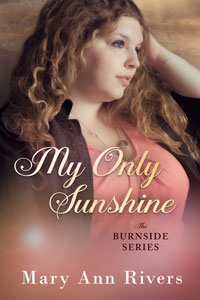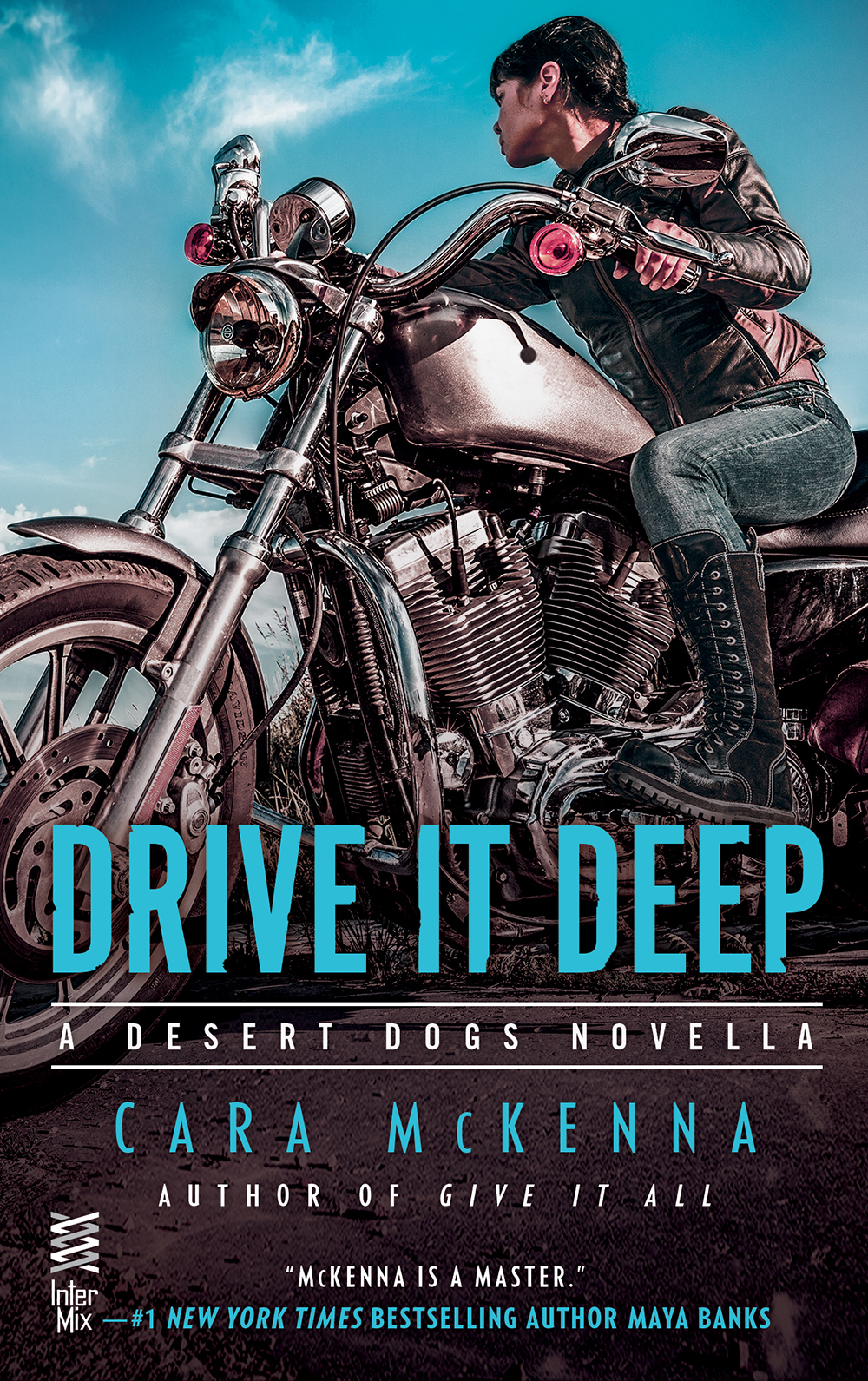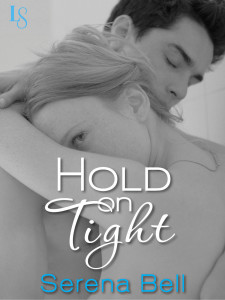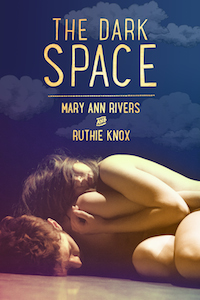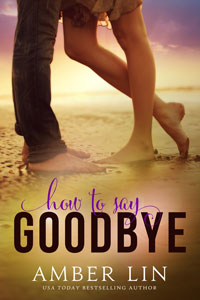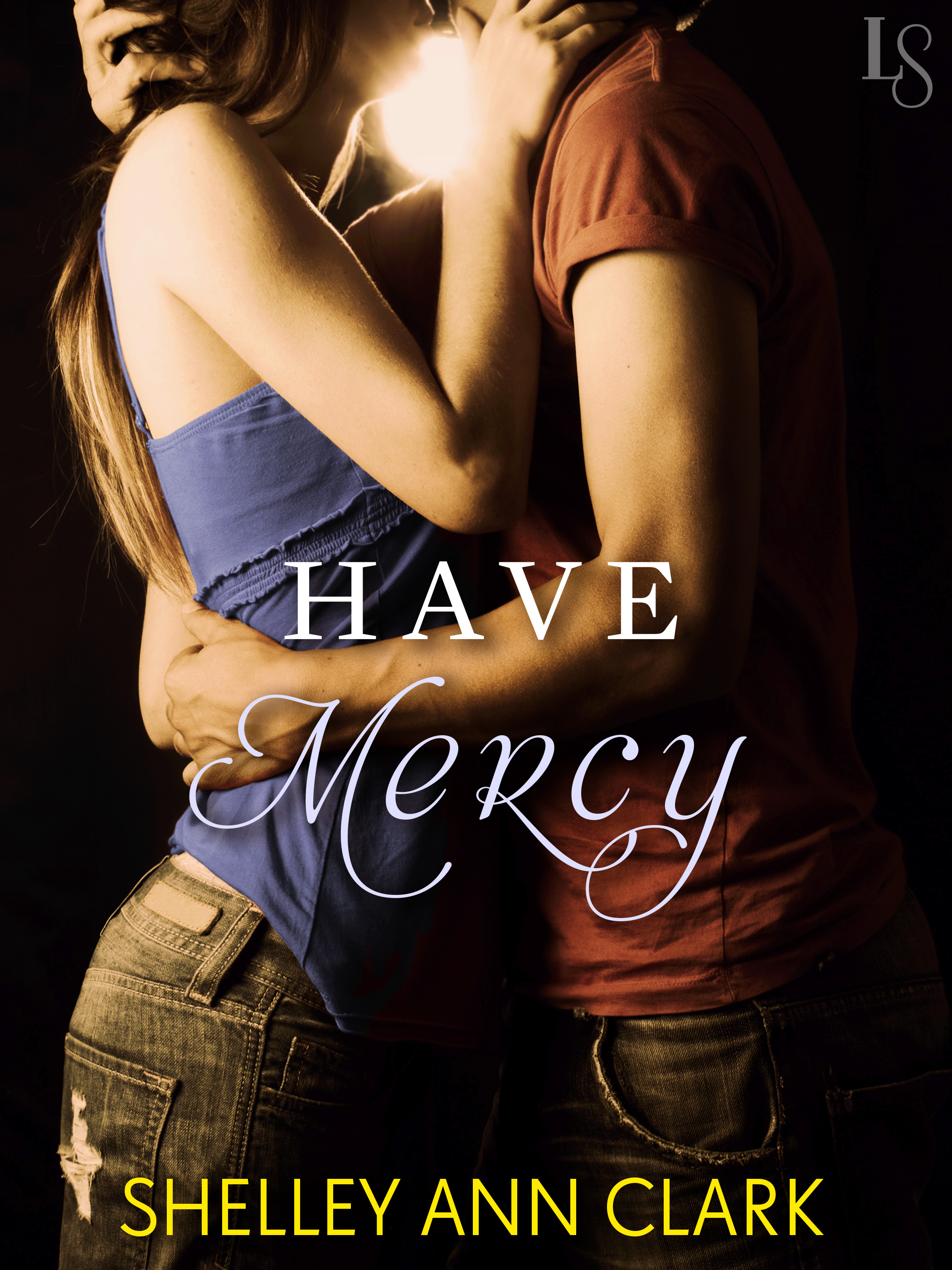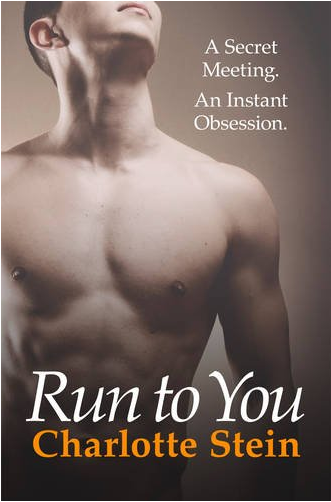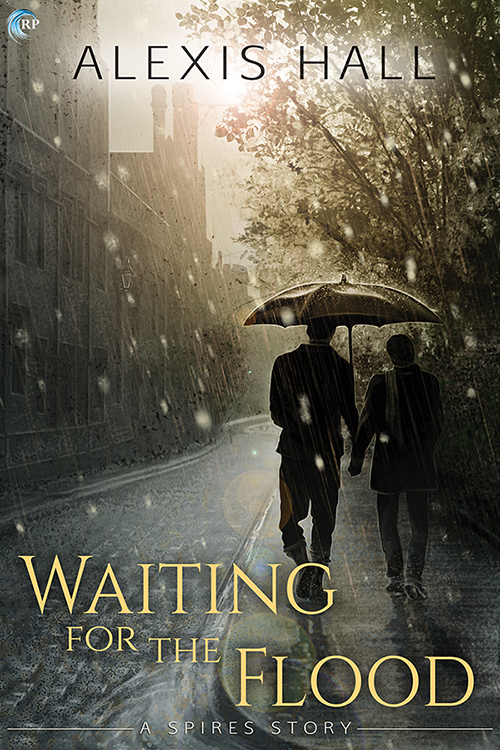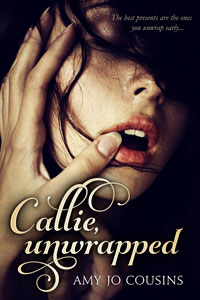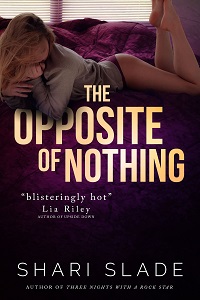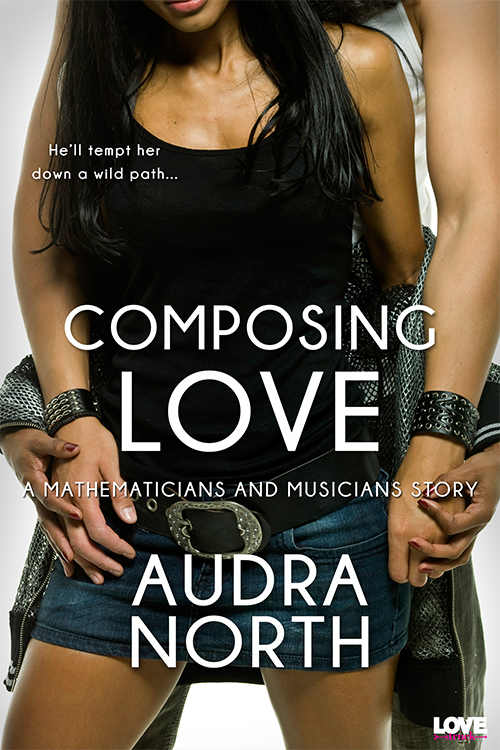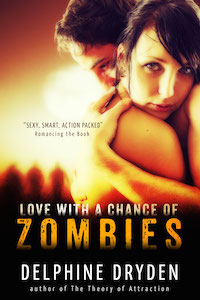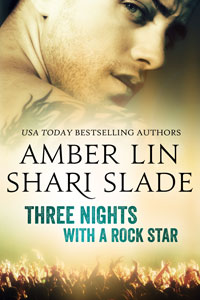Today on Wonkomance, we are joined by the fabulous Audra North, a frequent twitterer and wonko commenter when she isn’t working on her own wonky writing. Here she waxes thoughtful about Macklemore, and flattering about Wonkomance. And y’all, she even has footnotes. Footnotes. Guh.
Without further ado, take it away, Audra!
I wanted to see a post on Wonkomance about “Same Love” by Macklemore because this song is exactly the kind of “Hey hey. Let’s stop for a minute and think about the kind of messages we really want to send” kind of work that makes this blog exceptional. And now I am actually writing the post, and that makes me feel fluttery with nerves and joy both, so if I end up vomiting all over this virtual stage…I’m sorry. I’ll pay the dry cleaning bill.
Usually, I have music on only because it is necessary background noise, tunes and lyrics that have been demanded in strident voices by my children, impatient to sing along with to chirpy happy rhyming words that they understand at a visceral level, which is really why they love those songs. Twinkle, Twinkle, Little Star. I’m three years old and I wonder about you. But my adult mind, so full already of appointments and to-dos and everything else that goes along with managing so many lives, usually tunes it all out.
Until one morning, almost by accident, I found myself alone in the car, driving somewhere in a silence so unfamiliar that I didn’t know what to do with it, so I turned on the radio and tuned out the music so I could hear myself think.
And then “Same Love” came on.
And then, I really listened. And I found myself thinking, in the words of another Macklemore song, “This is fucking awesome.”[1]
As soon as it ended, I wanted to immediately hear it again, not just because the beat is easy on my soul and the dulcet sound of Mary Lambert’s voice singing the melody stuck in my mind. It was because, after only a couple of verses, this song made me sit up and pay attention to its message. One part rap, one part melody, all parts message. We are all human. Gay men and women are human. Love is love.
Gripping the steering wheel hard so that I wouldn’t veer off the road as I blinked away tears, I already knew that this song had become my own twinkling star, the one with a message that I can understand at a visceral level.
In a Studio360 interview about “Same Love,” Macklemore says, “[Misogyny and homophobia] are the two acceptable means of oppression in hip-hop culture. It’s 2012. There needs to be some accountability.”[2] And in “Same Love,” Macklemore challenges that oppression in a way that impressed and awed me and won me over so hard: he uses a hero story. Wonkomance is, after all, primarily a blog for romance work, which is exactly why I thought of it when I heard “Same Love.” There is love, there is a hero, and there is an arc (two, in fact! – or so I’ll argue).
The song begins with an extended organ chord that might be a prelude to a hymn. In a way, that’s exactly what this song is. It is an anthem that calls us all to pay homage to something so simple that, all too often, we have tuned it out like so many nursery rhymes. Of course, that something is love. And then Macklemore starts rapping, explaining how, as a child, he had once gone crying to his mother, upset at the thought that he might be gay because “’I could draw, my uncle was, and I kept my room straight.”
In the next verse, his mother assures him that he isn’t gay. Assures, reassures. Either way, it paints a picture of homosexuality as something we need to be comforted against. But within a couple more lines, it is clear that his view has changed. Macklemore the narrator, the songwriter. He speaks out against the condemnation of homosexuals. He speaks out for gay marriage. He is the first hero of this story.
But it is the other hero in this song that makes the message so poignant. Throughout, Macklemore presents scenes of fear, of isolation, of hatred that gay men and women face. He reminds us that this is the kind of wrongful discrimination that we, as individuals and as a nation, have enacted on other groups, as well. And in the blending of the personal with the historical, the emotions with the facts, Macklemore turns us, the listeners, into the heroes of the struggle for equality. Soon, we are living his words. He hands us our flaws. He hands us our battle. And by song’s end, he has imbued us with the love we need to overcome our prejudices and change things for the better – the arc we must carry forward to its rightful completion.
“Strip away the fear. Underneath it’s all the same love.”
Cast away our unfounded, hate-fueling fear and we’ll get to our Happily Ever After. We can be the heroes of this story. If we just listen.
*As a side note, the “Same Love” video (https://www.youtube.com/watch?v=hlVBg7_08n0) adds a whole extra dimension or two or fifty to the song. But no matter what, it’s about love.
Audra North fell in love with romance at age thirteen and spent the next twenty years reading as many romance novels as she could. Even now, after having read over one thousand romance novels, Audra still can’t resist the lure of a happily ever after, and her collection continues to grow. She lives near Boston with her husband, three young children, and a lot of books. Her debut contemporary novella, STRANDED IN SANTIAGO, releases in Autumn 2013 from Entangled Publishing. Visit her website at audranorth.com or find her (way too frequently) on Twitter @AudraNorth.
[1] “Thrift Shop” by Macklemore, featuring Wanz

